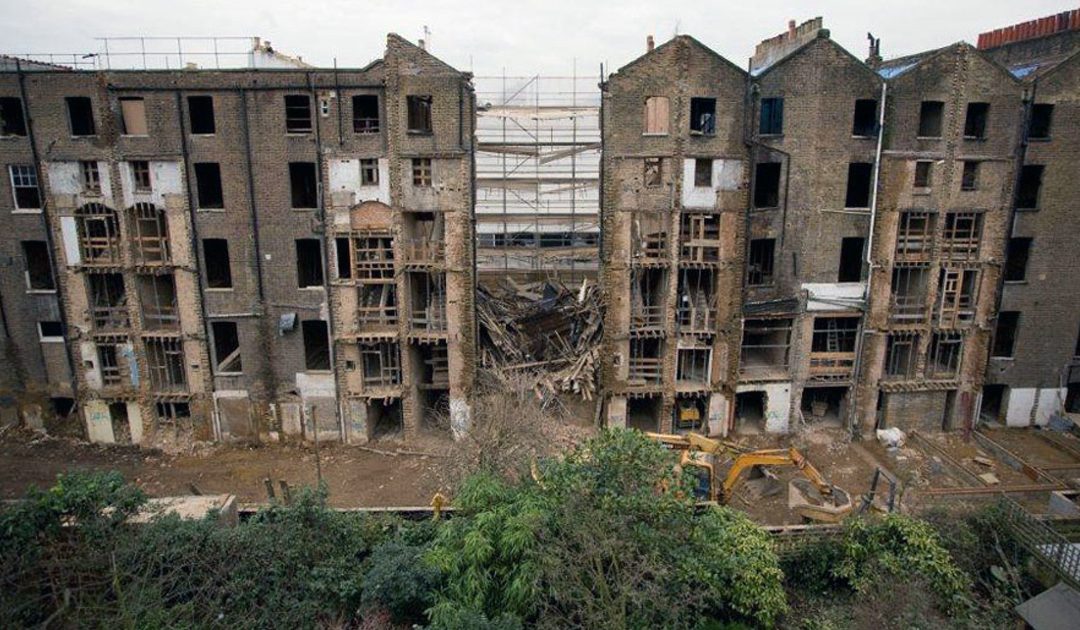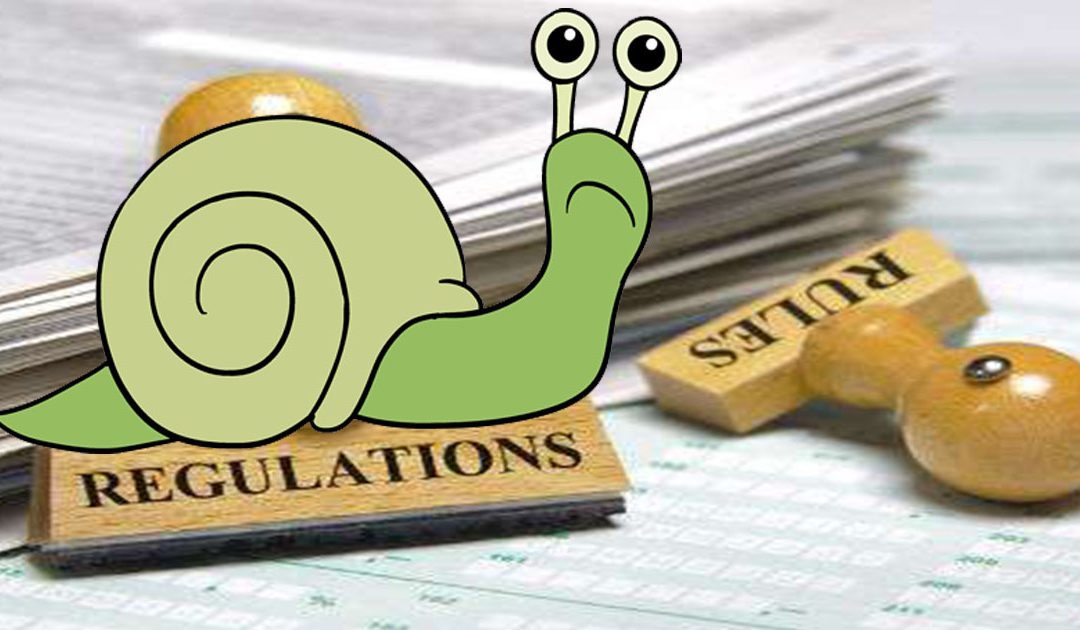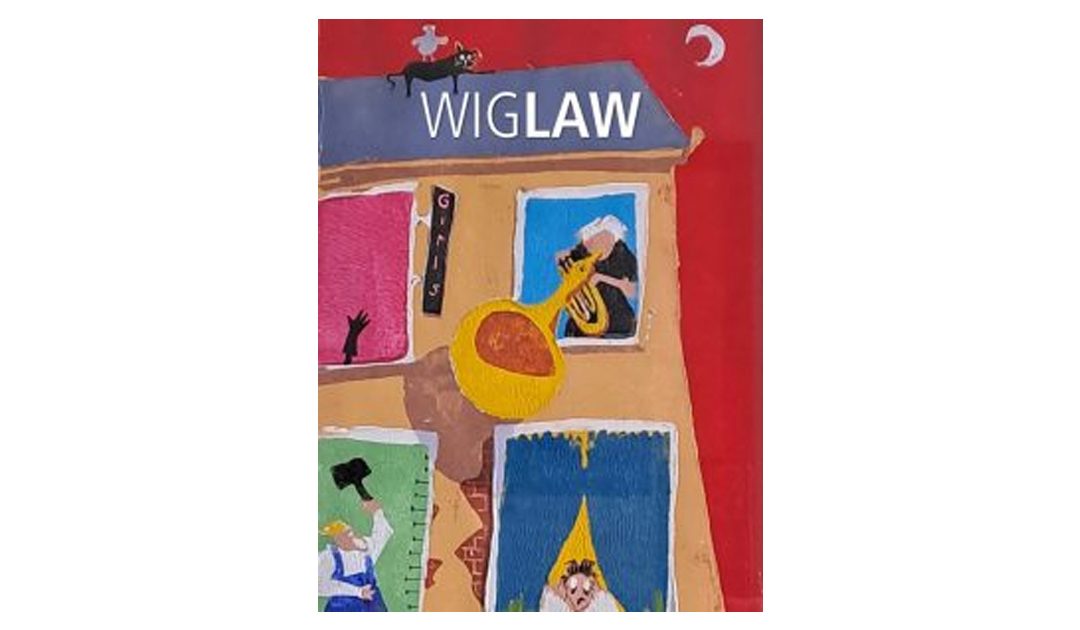![Andrews v. Kronospan Ltd [2025] EWHC 2429 (TCC)](https://wiglaw.co.uk/wp-content/uploads/2025/12/Kronospan.jpeg)
Andrews v. Kronospan Ltd [2025] EWHC 2429 (TCC)
Private Nuisance and ‘Intangible’ Interferences – Nuisance Threshold – Dust Nuisance – Assessing Future Risks from Clients and the Judge – The Utility of Expert Evidence

Rights to light; private nuisance; injunctions and damages in lieu – new law after Lawrence v. Fen Tigers (2014) and One-Step (Support) Ltd v. Morris-Garner (2018)
Rights to light; private nuisance; injunctions and damages in lieu – new law after Lawrence v. Fen Tigers (2014) and One-Step (Support) Ltd v. Morris-Garner (2018)

Private nuisance – assessing compensation in amenity cases – what do Irish authorities tell us?
How should general damages be assessed in cases of ‘sensible personal discomfort’? Irish authorities in respect of noise nuisance from windfarms have become extremely sophisticated and raise the question whether revision is needed to the approach in England & Wales, especially following Fearn v. Tate Gallery Trustees.

Private nuisance – high value interference with amenity cases – applying Fearn – Nicholas v. Thomas I
The recent judgment in Nicholas v. Thomas [2025] EWHC 752 (Ch) is an important update to the ground-breaking judgment of Fearn v. Tate Gallery Trustees [2024] AC 1. Fearn was concerned with those types of private nuisance where there has been a ‘sensible’ interference with the use and enjoyment of land.

Principles of Private Nuisance as set out in Fearn: (7) Public benefit
the consequences of the judgment of Leggatt JSC in Fearn v. Tate Gallery Trustees [2023] UKSC 4 [2023] 1 WLR 339. Leggatt JSC’s majority judgment elevated a variety of themes conventionally used to determine what is a nuisance into a set of applicable ‘principles’

Principles of Private Nuisance as set out in Fearn: (6) Hypersensitivity
This is the sixth in a short series of posts which assesses the consequences of the judgment of Leggatt JSC in Fearn v. Tate Gallery Trustees [2023] UKSC 4 [2023] 1 WLR 339. Leggatt JSC’s majority judgment elevated a variety of themes conventionally used to determine what is a nuisance into a set of applicable ‘principles’. These posts are a summary of those principles.

Principles of Private Nuisance as set out in Fearn: (5) Reasonable user, reciprocity and the use of “best practicable means”
onsidering the consequences of the judgment of Leggatt JSC in Fearn v. Tate Gallery Trustees [2023] UKSC 4 [2023] 1 WLR 339. Leggatt JSC’s judgment has caused some surprise since he elevated a variety of themes used to determine what is a nuisance into a set of applicable ‘principles’.

Principles of Private Nuisance as set out in Fearn: (4) ‘Coming to’ a nuisance
This is the fourth in a short series of posts considering the consequences of the judgment of Leggatt JSC in Fearn v. Tate Gallery Trustees setting out what he described as a set of applicable principles relevant to the assessment of private nuisance.

Principles of Private Nuisance as set out in Fearn: (3) What constitutes an actionable nuisance (scope)?
What constitutes an actionable nuisance (scope)? This is the third in a short series of posts considering the consequences of the judgment of Leggatt JSC in Fearn v. Tate Gallery Trustees [2023] UKSC 4 [2023] 1 WLR 339, in which he listed what he described as a set of...

Principles of Private Nuisance as set out in Fearn: (2) Is a “Substantial” Interference an Objective, or Subjective, Standard?
Is a “Substantial” Interference an Objective, or Subjective, Standard? – The ‘threshold’ test is recognised an objective one, reflecting the fact that the interest which is protected by the tort is the utility of land, not the personal comfort of the individuals occupying it (see Fearn at para.23).
